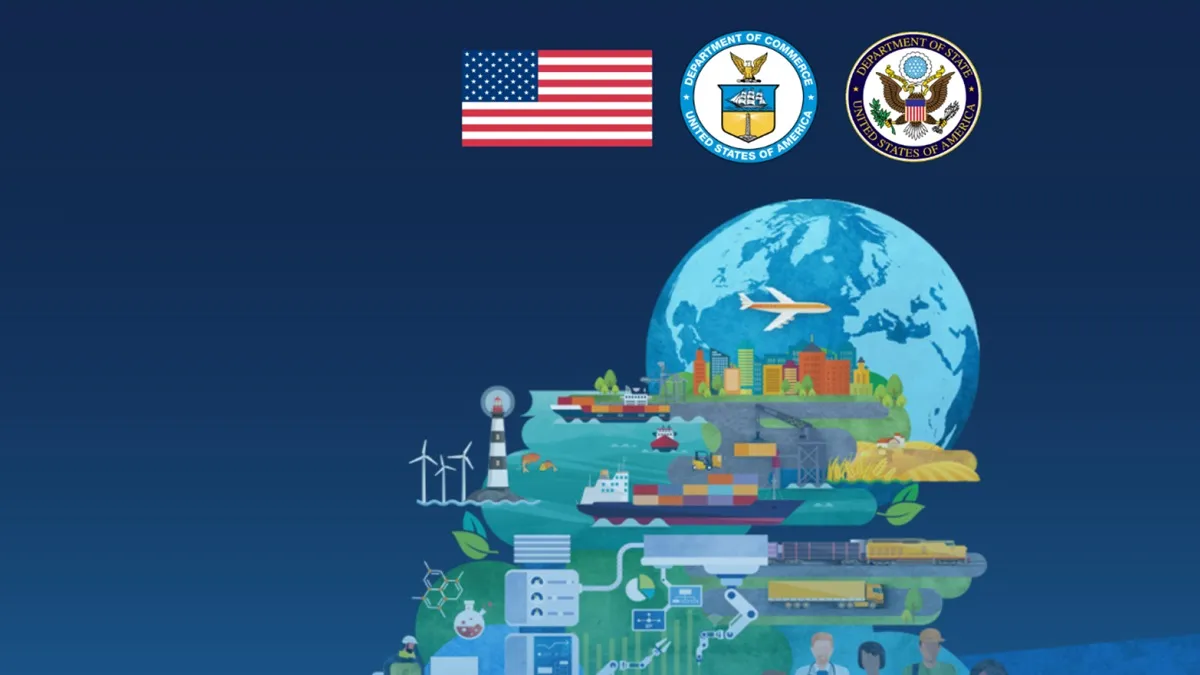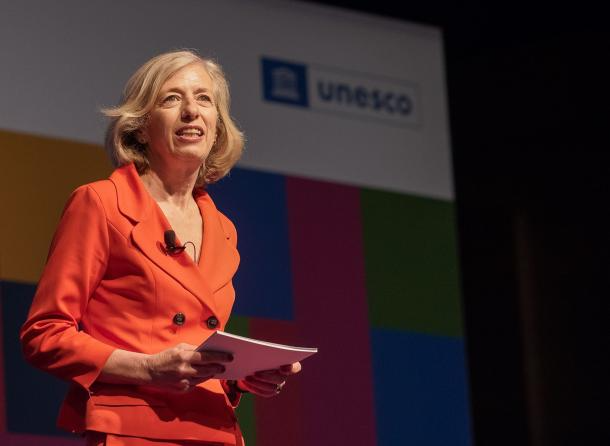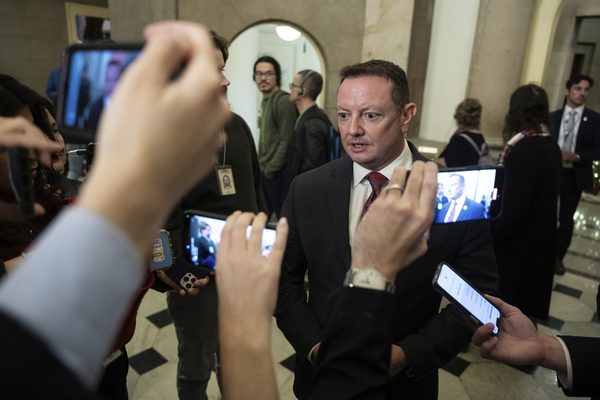
Student visa backlogs hit US universities
Student Visa Backlogs Strain US Universities International Education Faces Major Bottleneck
In what has emerged as a growing crisis for American higher education, persistent student visa backlogs are causing significant disruption at universities and colleges across the United States. The delays, stemming from overwhelmed U.S. consular services and compounded by administrative red tape, have left tens of thousands of international students in limbo unable to secure timely entry into the country for the start of their academic programs. For many institutions that rely heavily on tuition revenue and cultural exchange brought by foreign students, the situation is becoming increasingly dire, with ripple effects that stretch from admissions offices to classroom dynamics and broader campus diversity.
At the heart of the issue lies an overburdened visa processing system, still reeling from the disruptions of the COVID 19 pandemic. Although physical travel has resumed and most embassies and consulates have reopened, the backlog of F 1 and J 1 student visa applications remains enormous. Students from key sending countries like India, China, Nigeria, and Brazil are experiencing wait times of up to three to four months far beyond what is practical for meeting university start dates. In some cases, students are being forced to defer their admissions by a semester or even an entire year, throwing their academic and financial plans into chaos.
University administrators have raised alarms with the U.S. State Department, urging them to prioritize student visas during the upcoming academic cycles. Institutions such as New York University, the University of Southern California, and Purdue University have reported that hundreds of admitted international students have been unable to arrive on time. These delays not only affect classroom enrollment and housing arrangements but also have broader implications for research programs, graduate assistantships, and even grant funded projects that depend on global talent. Many universities are now scrambling to offer online alternatives for courses or hybrid models, but these stopgap measures cannot replicate the full academic and cultural immersion of in person learning.
The financial stakes are substantial. International students contributed more than $33 billion to the U.S. economy in the 2022 2023 academic year through tuition, housing, and other expenditures, according to NAFSA Association of International Educators. For many public universities facing state budget constraints, international tuition dollars are critical to maintaining faculty, facilities, and scholarship programs. With ongoing visa delays threatening to derail fall enrollment targets, university finance offices are preparing for potential shortfalls that could impact future hiring, research output, and institutional competitiveness.
Compounding the problem is the perception among international students and their families that the United States is becoming a less welcoming destination for higher education. Even though the Biden administration has attempted to reverse restrictive immigration policies enacted under the previous administration, the lingering bureaucratic bottlenecks have undermined those efforts. Anecdotal evidence suggests that some students are now choosing to study in Canada, the United Kingdom, or Australia countries that have streamlined their student visa procedures and marketed themselves as more accessible during the pandemic recovery period. The competition for international talent is fierce, and the United States risks losing its edge if these structural issues persist.
There are also equity concerns tied to the visa backlog. Students from economically disadvantaged backgrounds or politically unstable countries are often at a greater disadvantage, unable to afford repeated travel to distant consulates or bear the financial burden of prolonged uncertainty. For example, many Indian students have had to travel to other Southeast Asian countries just to book earlier visa appointments due to congestion at U.S. consulates in India. Similarly, students from parts of Africa have encountered erratic appointment availability, raising concerns that visa access is becoming a privilege rather than a right for qualified students. This undermines the core values of access and inclusion that many American universities champion.
Efforts to resolve the backlog have been slow but ongoing. The State Department has increased consular staffing and offered additional visa interview slots in high demand regions. Some U.S. embassies have launched pilot programs to waive interviews for returning students or streamline renewals for those already enrolled in U.S. institutions. However, many of these programs are limited in scope and not yet scalable to meet the sheer volume of applications. Higher education advocacy groups are calling for systemic reforms, including expanded use of virtual interviews, increased transparency in processing times, and greater collaboration between the Department of Homeland Security and academic institutions.
Despite these challenges, universities are not sitting idle. Many have launched support systems specifically for affected students, including visa advising teams, emergency grants, and mental health resources. Faculty members have shown flexibility in allowing late arrivals or asynchronous participation in early coursework. Some universities are even considering satellite campuses abroad or local partnerships where students can begin coursework while awaiting travel clearance. These innovative responses underscore the resilience and adaptability of the higher education sector, but they also highlight the unsustainable strain being placed on both institutions and students.
In conclusion, the current student visa backlog is more than an administrative hiccup it is a full blown crisis that threatens the future of international education in the United States. The consequences are far reaching, affecting academic continuity, institutional budgets, global perceptions, and student well being. Unless meaningful steps are taken to address the structural inefficiencies in the visa issuance process, the U.S. may continue to see a decline in its share of global student mobility. As fall semesters approach and deadlines loom, students, universities, and policymakers alike are watching anxiously, hoping for a resolution that reaffirms the country’s historic role as a beacon of learning and opportunity for students from around the world.











